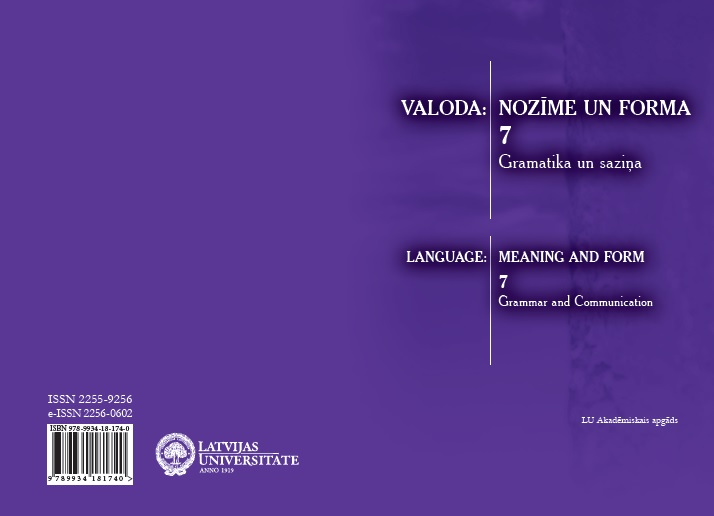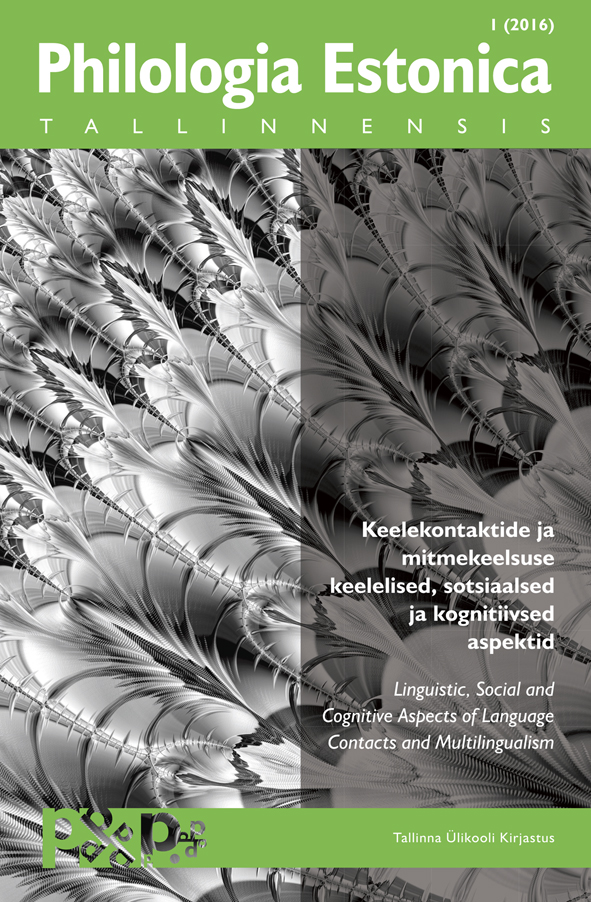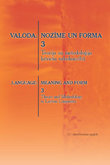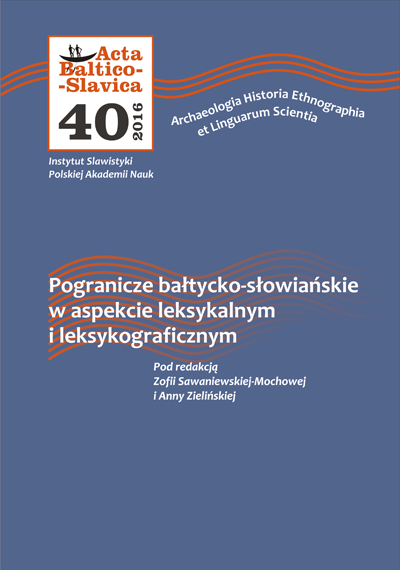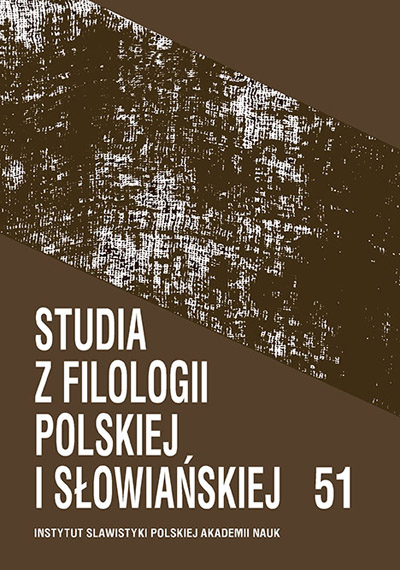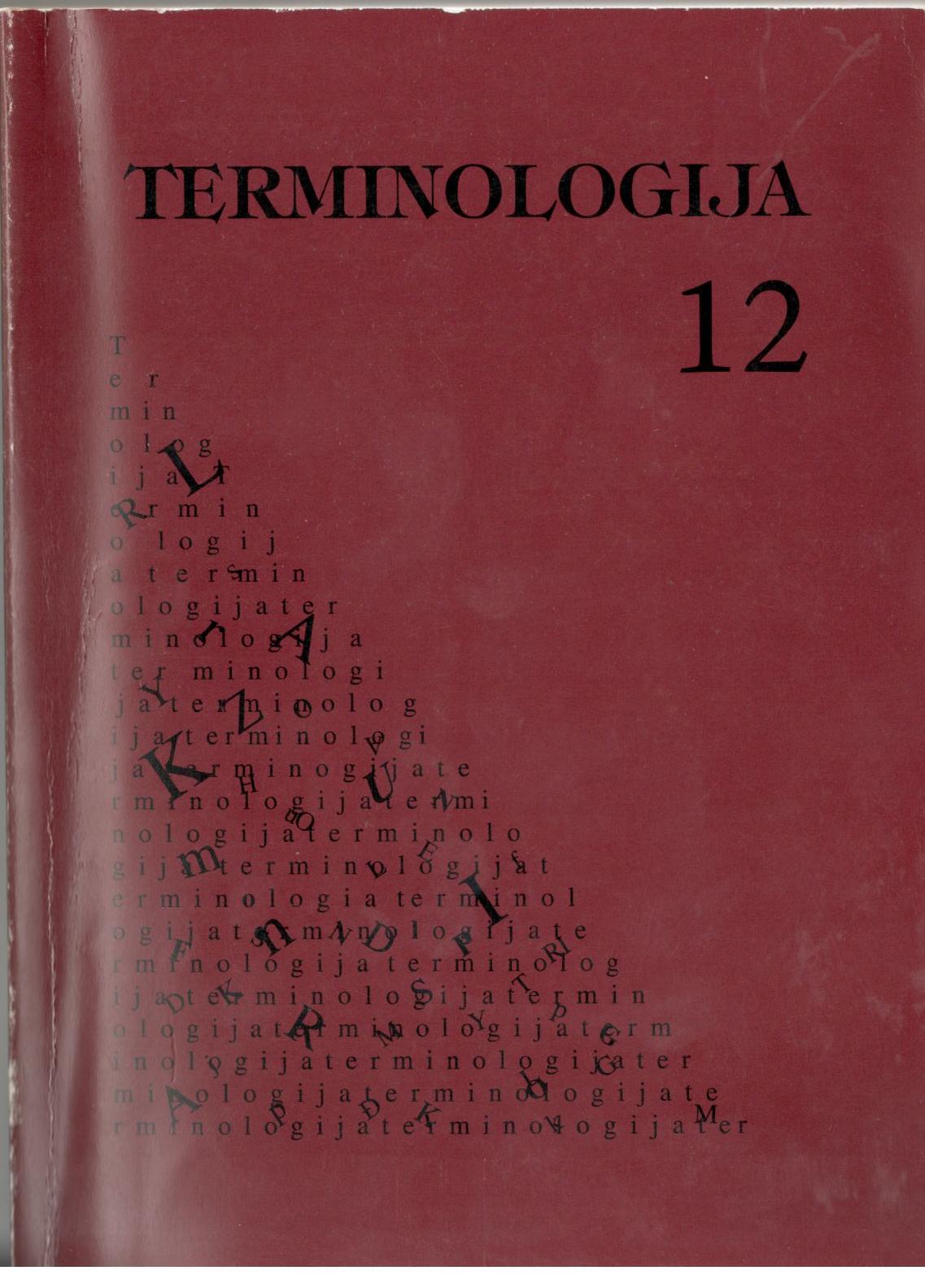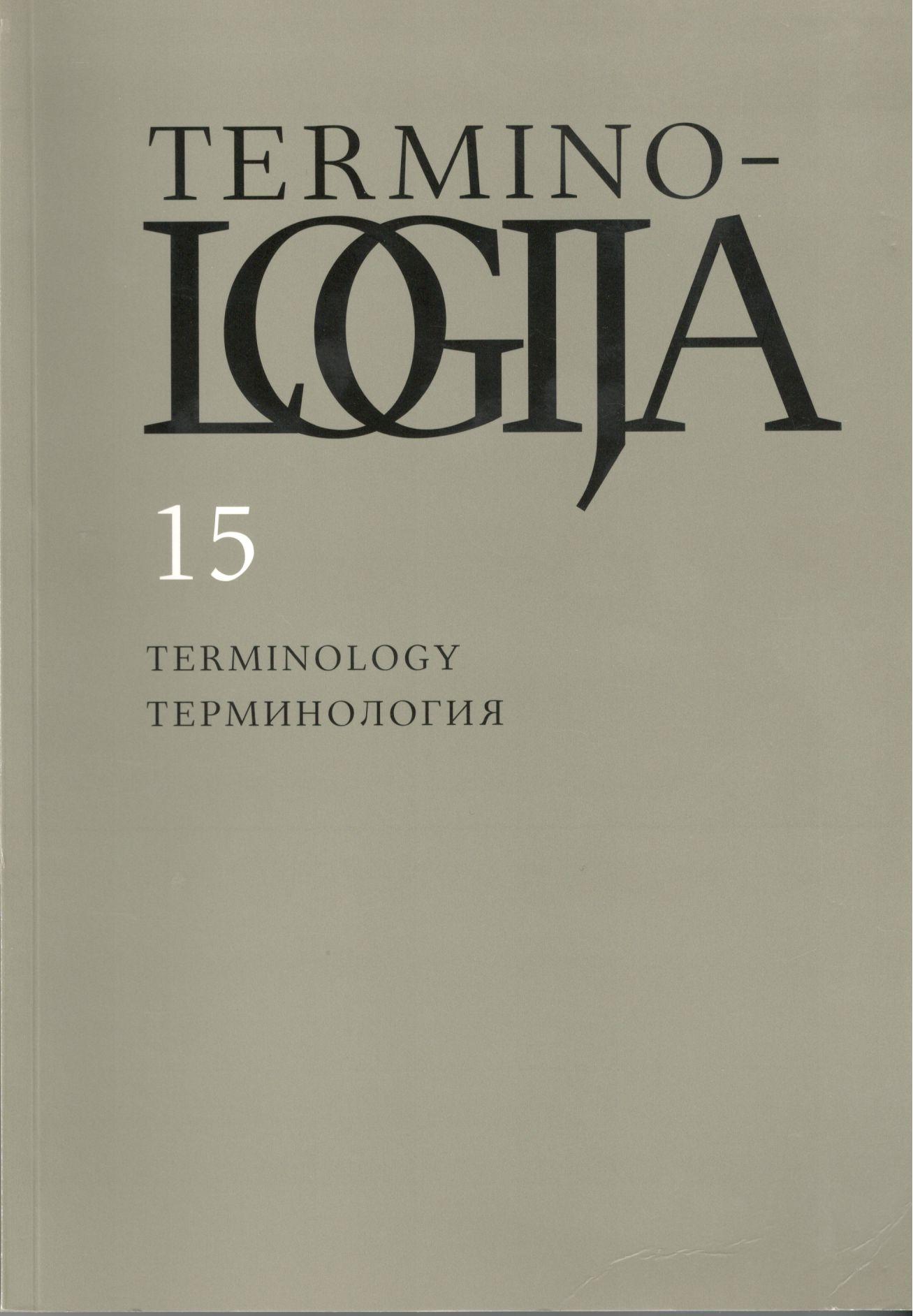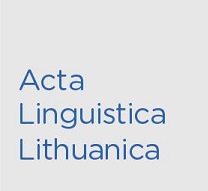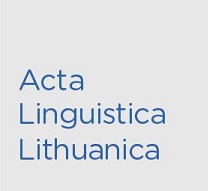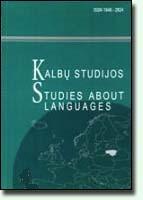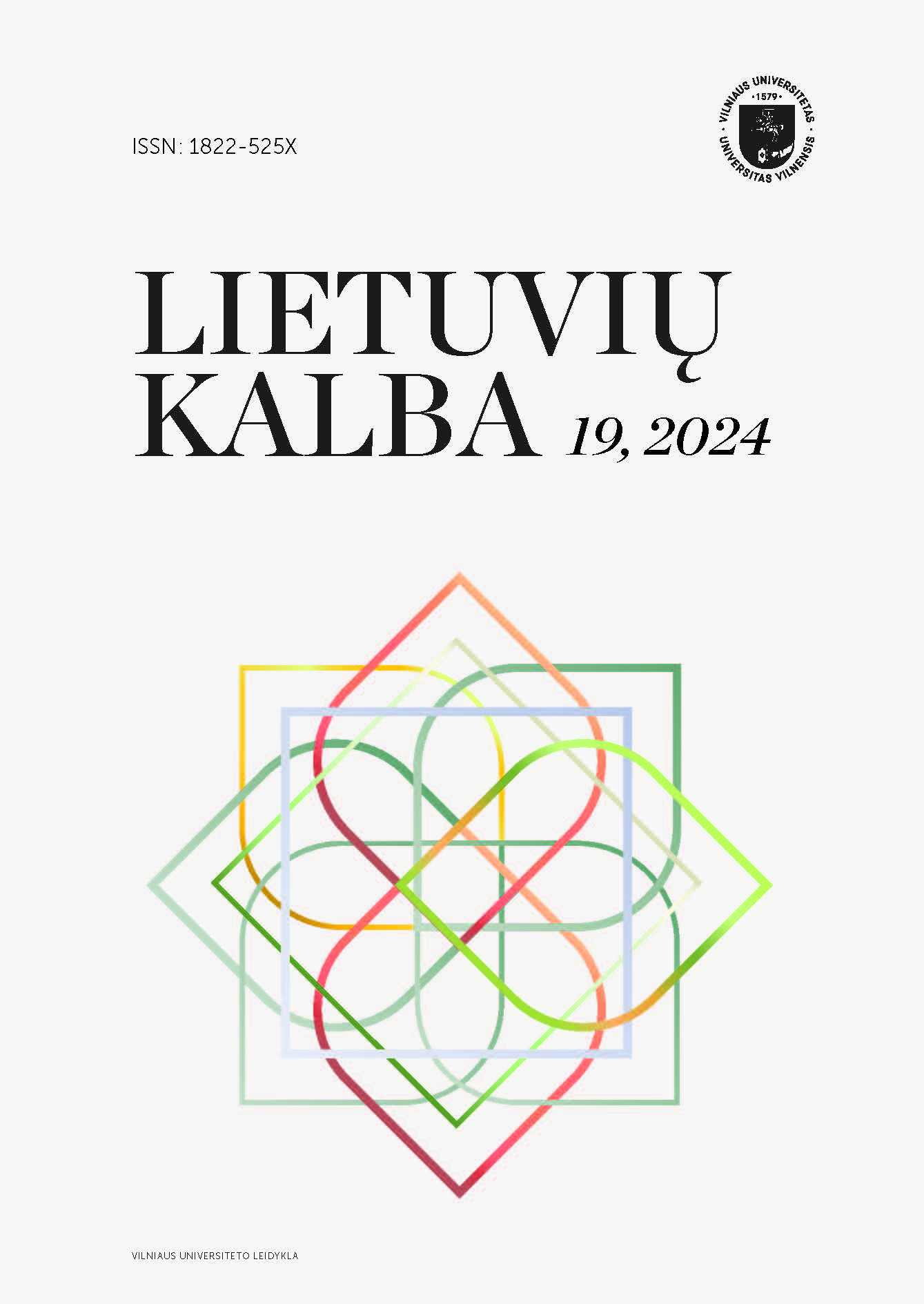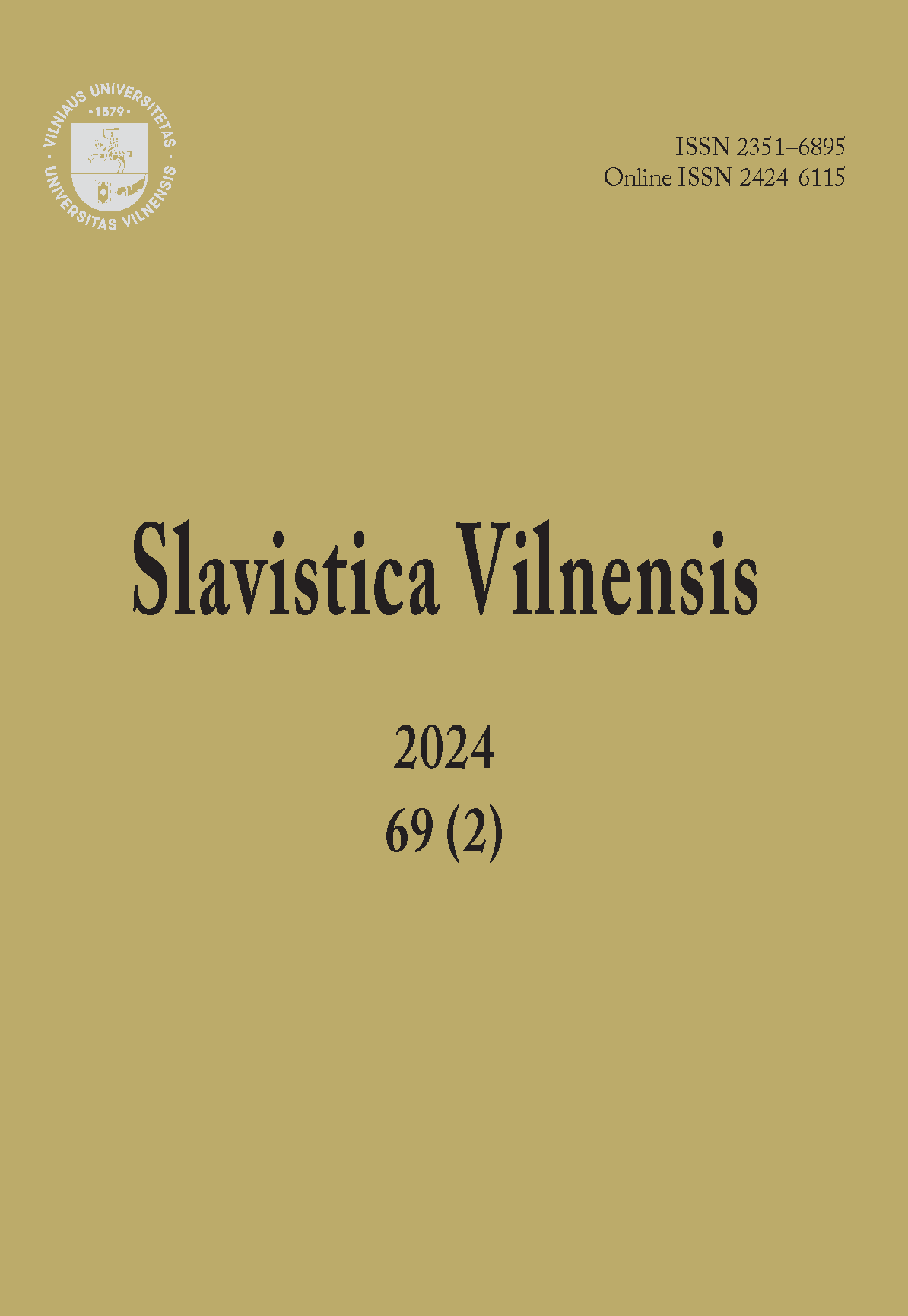Author(s): Aušra Rimkutė / Language(s): Lithuanian
Issue: 12/2005
Lithuanian Christian terminology is one of the oldest fields of terminology – the old borrowings (for instance, bažnyčia (church), gavėnia (Lent), krikštas (baptism), kūčios (Christmas Eve), Kalėdos (Christmas), Velykos (Easter)) came into Lithuanian before the official conversion of Lithuania to Christianity – in 10th-12th centuries. The beginnings of Lithuanian terminology are found in extant manuscripts of prayers (Viešpaties malda (The Lord’s prayer), Angelo pasveikinimas (Hail Mary), Tikėjimo išpažinimas (The Nicean Creed) written down in Vilnius diocese in the 16th century, which are the oldest of all presently known texts and the first printed Lithuanian book – an evangelical Lutheran catechism Catechismvsa prasty Szadei written by Martynas Mažvydas in 1547. This article analyses one-word non-Lithuanian origin terms of religion used in Catholic catechisms from the end of the 19th and the beginning of the 20th centuries. This period is not a random choice, because the literature of the Church and its language at that time were corrupt with barbarisms.From four Catholic catechisms published at that period – Mokslas Rimo Kataliku (Teaching of Roman Catholics) (1879), Trumpasis Кип. Filochowskio katekizmas. Vaiszganto verstas (Short Catechism by Priest Filochowski. Translated by Vaiszgantas) (1901), Katakizmai katalikiszki (Catholic Catechisms) (1903) and Tikybos mokslas (Šv. Istorijos ir Katekizmo) (Teaching of Religion (Holy History and Catechism)) (1916) by the priest Kazimieras Paltarokas – 1158 one-word terms of religion and their variants, were picked up. Some terms were the same, so it made 613 different terms and 125 their variants. The majority of one-word terms – 439 terms – were of the native origin. This article investigates 141 different terms of non-Lithuanian origin and 33 hybrid terms of foreign origin.Non-Lithuanian, i.e. terms of religion of the foreign origin are so called international words (34 terms), barbarisms (71 term) and old borrowings (36 terms). The absolute majority of international terms (33 terms) are derived from classical languages – Latin (aktas (act, note) TFK 43, ostija (host) KK 30, MRK 322, TM 123, sakramentas (sacrament) MRK 16, 79, 138, TFK 9, KK 22, TM 72, 85) and Greek (antifona (versicle) TM 11, balzamas (balsam) MRK 315). Some international terms came through Slavonic (Belorussian, Polish) languages, for instance, altorius (altar) MRK 176, TM 110, adventas (advent) MRK 79, 333, TM 109, angelas (angel) TM 12, 76 and other.The origin of old borrowings varies. These catechisms have majorily old borrowings from Slavonic languages, for example, bažnyčia (church) MRK 25, TFK 20, 25, KK 19, TM 7, 88, grabas (coffin) MRK 75, KK 15 and other. This is the oldest layer of Lithuanian terms of religion.There are many barbarisms in earlier mentioned catechisms (71 term): Polonisms (abrozas (picture) MRK 79, dūšia (spirit) MRK 29, TFK 8, KK 11, tajemnyčia (mystery of rosary) MRK 50), Slavonicisms (apieka (care) KK 10), Belorussianisms (тūkа (suffering) MRK 57, TFK 11, 25, KK 46) and germanisms (podžiai (godparents) TM 120).The end of the 19th and the beginning of the 20th centuries is the period of the fast creation of common language. At that time terms of religion were already established, but the language was corrupted with barbarisms and was not pure. In the beginning of the 20th century there were attempts to normalize terms of religion – barbarisms were changed, international terms and old borrowings were left. In the work of the priest K. Paltarokas Tikybos mokslas (The Teaching of Religion) even 82% of terms are purely Lithuanian. In this catechism there is only one barbarism from German language – podžiai (godparents) TM 120. Furthermore, barbarisms, used in catechisms published in 1879-1903, were changed, for instance, dirmavonė MRK 108, TFK 9, KK 27 – sutvirtinimo sakramentas TM 120 (confirmation), čysčius MRK 63, TFK 17, KK 16, 37 – skaistykla TM 89 (purgatory) and others. After the bishop Paltarokas the terminology of Lithuanian catholic catechisms hardly changed.
More...
